ITG dance pads can use various types of sensors to detect input but each has its own advantages and disadvantages.
¶ Contact sensors
Contact sensors are one of the simplest sensors. Usually a panel will have some foil-like material underneath and that touches another metallic surface to complete a circuit.
Some notable pads that use contact sensors:
¶ Penny-modding
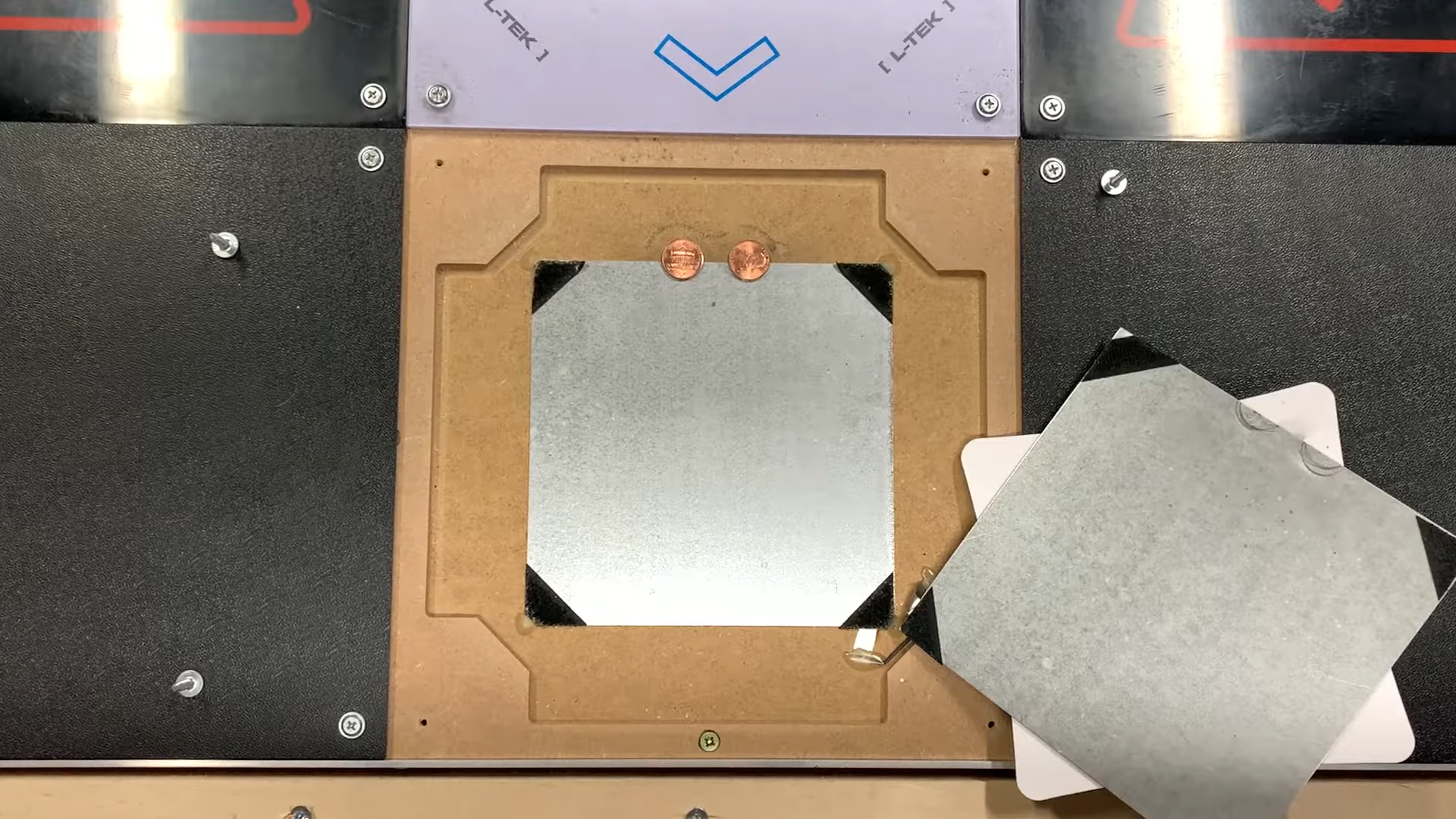
Pads with contact sensors are often "penny modded" which means putting pennies on one side of the sensor to make them much more sensitive. Simply placing coins or strips of thin conductive material in between the sensor plates will increase the sensitivity significantly by reducing the travel required for them to make electrical contact.
DDRPad.com sells a kit that provides an alternative to using pennies which uses copper shims that probably damages the contacts less over time.
¶ Arcade sensors
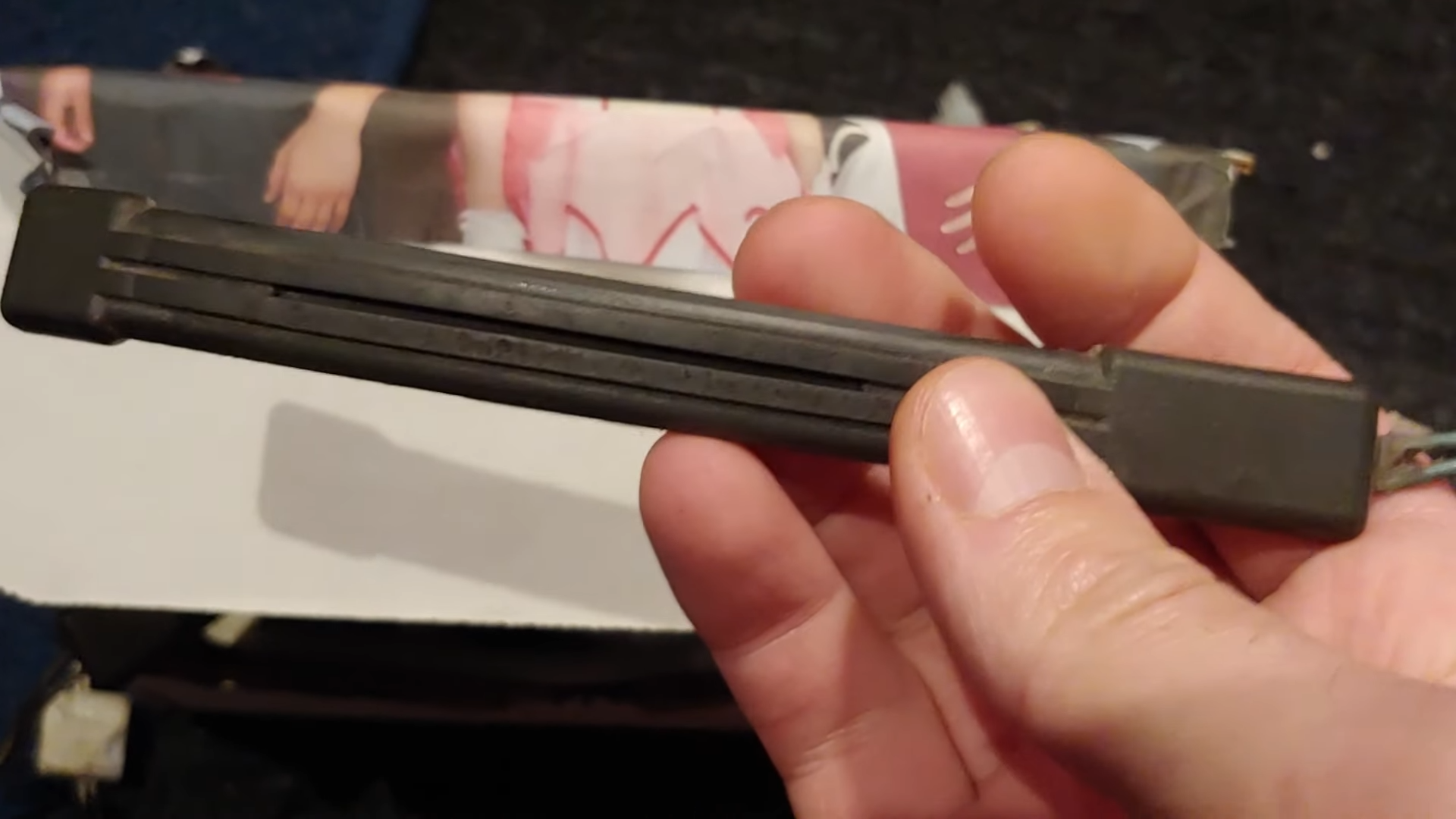
Arcade sensors are long rubber contact sensors that have an air bladder in between. Most dance arcade games use some form of these sensors. Because they are only used for dance arcades, they can be quite expensive. Usually people don't retrofit pads with arcade sensors, since they are bit a thick and require a channel to hold them in place and an "L-bracket" to push down on them in the center.
There's a generic arcade sensor often sold on Aliexpress for cheap. These are used in EZ2Dancer cabs but they might be useful for DIY pads.
Notable pads that used arcade sensors:
¶ Modding pads with arcade sensors
Modding pads with arcade sensors is pretty straightforward. To raise the height of panels, put tape (gorilla/gaffer tape) above the L-bracket. To make them more sensitive, put paper or tape under the L-bracket (or directly on the sensor). You can also read Arvin's pad modding guide.
¶ Arcade sensor connectors
For some projects, you may want to use the original connector for arcade sensors. DDR sensors use a JST YLR-02V connector while ITG/PIU sensors use Molex 0039012025 connectors.
¶ Force-sensing resistor (FSR)
Force-sensing resistors (also known as "force-sensitive resistor" and "FSRs") are a type of sensor that changes its resistance when force or pressure is applied to it. FSRs have recently become much more popular with ITG players because its relatively easy to implement a circuit with FSRs and their extremely slim design makes them easy to retrofit into many types of dance pads.
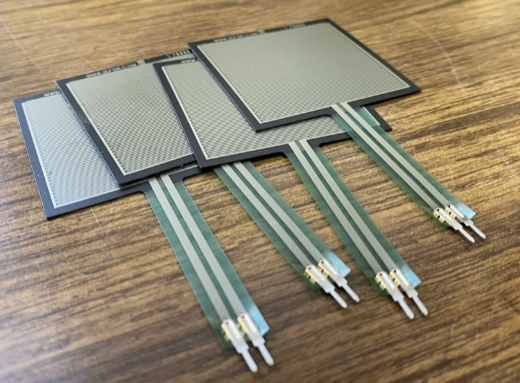
¶ Wiring guides
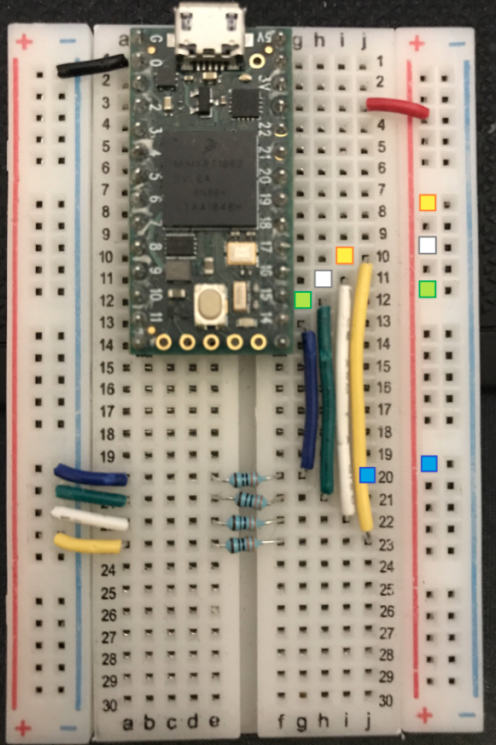
|
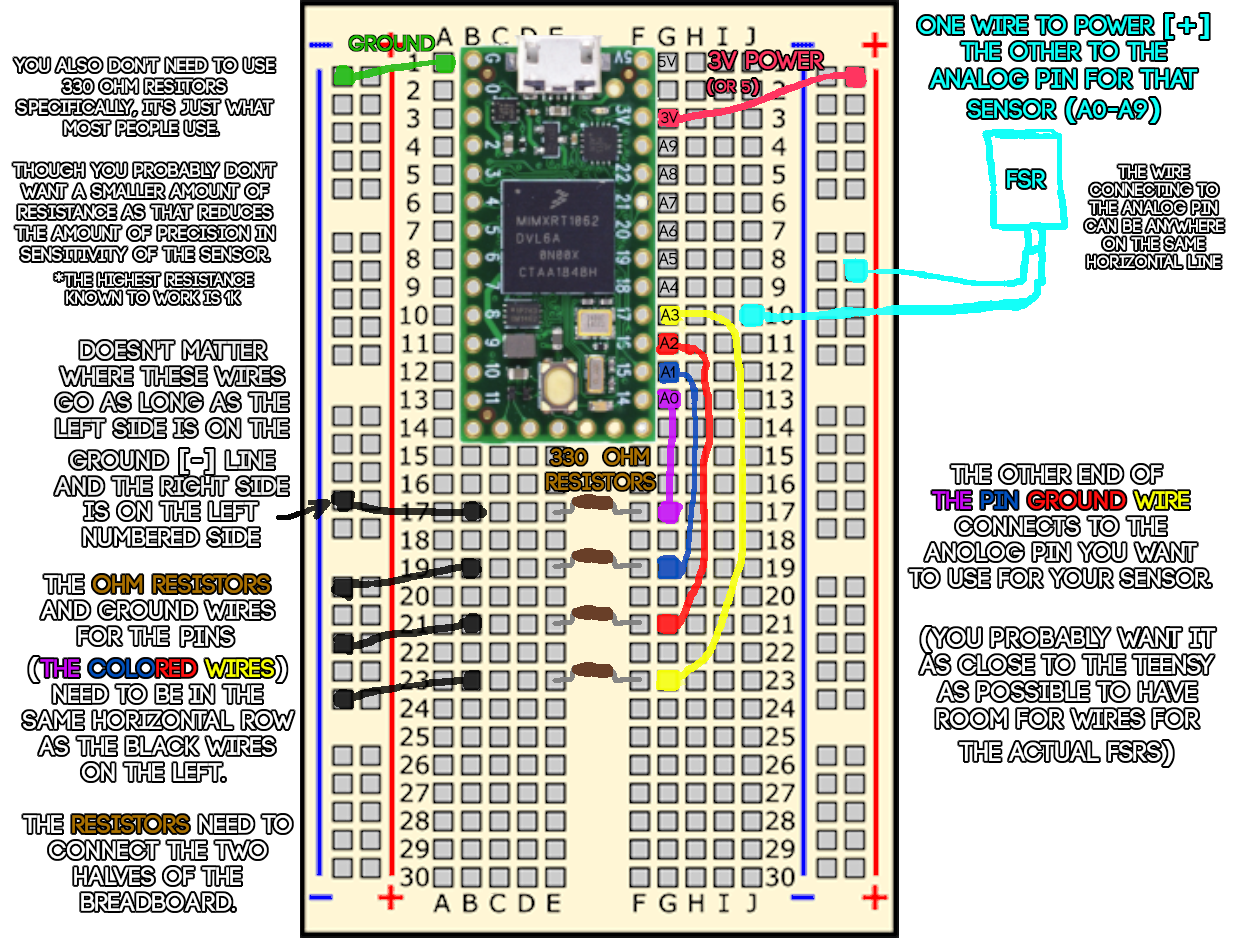
|
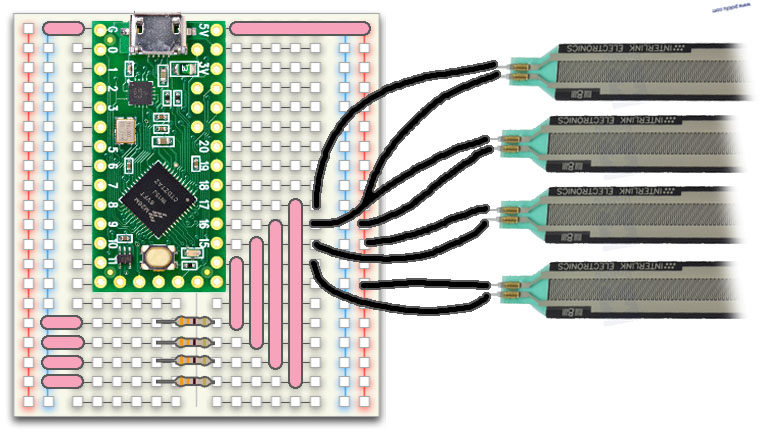
|
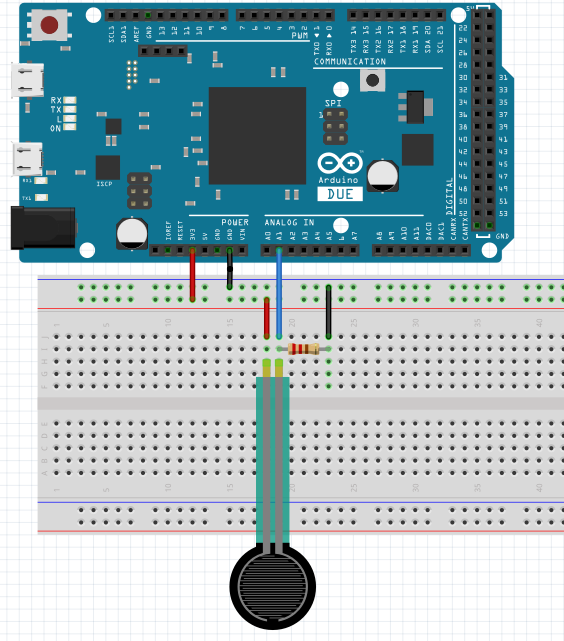
|

|
Note for those with Teensy 4.0: some of these wiring guides say to use 5V on the Teensy. According to the Teensy 4.0 specifications, you should use 3V, not 5V. But many people do use 5V so YMMV.
Notable pads that used FSRs:
¶ Velostat
Velostat is a type of FSR made by 3M that comes in sheets that can be cut to size. Some of the first FSR pads used Velostat but most in the scene now prefer standard FSR modules to Velostat for consistency reasons.
¶ See also
- FSR Integration Guide
- Interlink Force Sensing Resistors© Best Practices
- Sereni's FSR Pad Guide
- Vincent's FSR Pad Guide
- Interlink Electronic's FSR Store
¶ Load cells
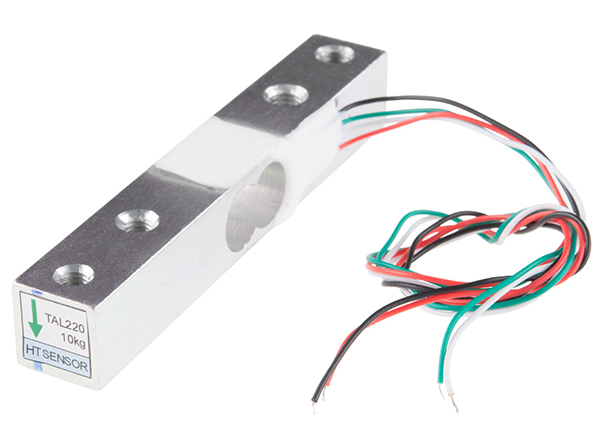
Load cells are thicker than FSRs and people believe they are less susceptible to drift over time. Because they are thicker, they are a bit more difficult to retrofit into pads compared to FSRs. Additionally, the electronics required to drive them are more complicated than FSRs, so they aren't as DIY-friendly.
Notable pads that used load cells: